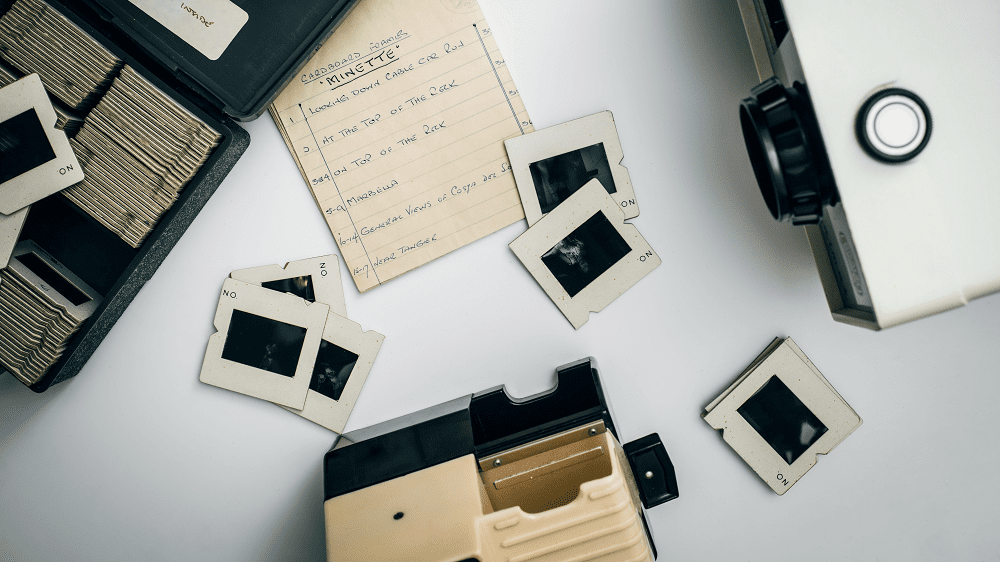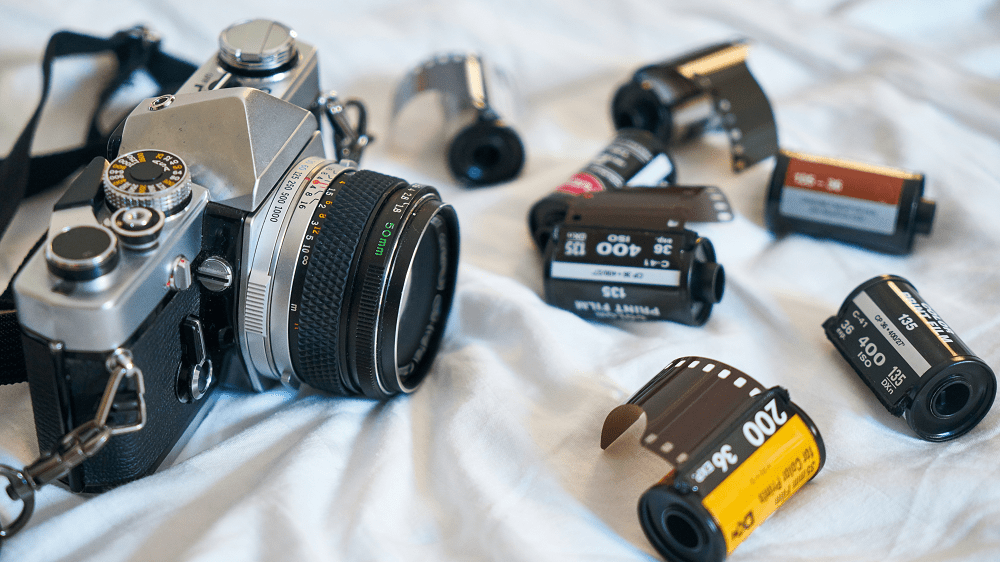Bring memories of the past to life with these best slide scanners. Review the best slide scanners in 2022.

During the analog era, film reels were the standard. Today, the world is digitized in almost every way. Many people still have boxes full of old slides in the attic, and what a shame it would be if these memories languish. With the best slide scanner you can easily digitize old slides and keep them safe forever!
In this buying guide, you will learn about the most important specifications that will prepare you for your purchase. Then you will see our recommendation about the best slide scanners in 2022.
Slide scanner buying guide: how to make the best buy?
Each slide scanner basically works according to the same principle. A light source in the scanner illuminates a slide and a sensor captures this light. With the better scanners, this process is more refined and the scanner picks up more details from the original.
The most important questions to ask yourself are about your objective. How many slides do you scan? Is it a one-time use? What type of slide do you scan in and keep on your computer just for occasional viewing, or do you use it for serious purposes?
Movie format
The film format refers to the width of the film roll and is indicated in millimeters. The most common format is 35 mm film. Many scanners support this format and with cheap scanners it is the only option in most cases.
Not every slide scanner supports medium format, such as 120mm film. You usually find this with more expensive models that support multiple formats.

Resolution
Forget megapixels. The resolution when scanning slides is indicated by the number of dots per inch (dpi). The more dots per inch, the sharper the photo. ‘1000 dpi’ stands for 1000 dots per inch. The higher the resolution, the longer the scanning process takes. Slide scanners range from 100 dpi up to 16000 dpi!
How much dpi do you need? A resolution of 3000 to 4800 dpi is recommended for scanning and printing slides. 2400 dpi is usually sufficient for digitizing slides, and 1200 dpi is a good choice for sharing on social media, for example.
Isn’t a higher resolution better? Not necessarily! Too high a resolution can cause noise and graininess, especially on slides with poor lighting or focus. Choose your custom resolution, that’s the advice!
Please note: cheap slide scanners often boast insane dpi values. In reality, in many cases these artificially increase the resolution of the slides through interpolation, a technique that ironically usually produces worse images than the original.
💡 What is interpolation?
Interpolation is a technique to artificially increase the number of pixels using software. By comparing the adjacent pixels, interpolation fills in the ‘gaps’, increasing the number of pixels.
Color depth
The color depth can be read from the bit depth. The higher the number of bits, the more colors. A higher bit depth produces a more nuanced image with smoother transitions. A 32 bit photo delivers no less than 16,777,215 colors!
It sounds like the resolution of an image, but it isn’t. The color depth indicates how many colors are available per pixel. A higher bit depth means more colors and a more refined color rendering.
For example, a black and white photo has a bit depth of 1, because only the colors black and white are present.
Dust and scratch reduction
More expensive slide scanners have software that digitally polishes away dust and scratches. Scratches, fingerprints and other filth are often unavoidable on slides due to their sensitivity. Since cleaning your slides with a cloth or hair dryer is not recommended, additional software is a nice support.
In addition to brightening up your old slides, it also saves time in post-processing with programs like Adobe Photoshop, because the scanner’s software has already taken care of this task.
Speed
The speed of slide scanning depends on several factors. Think of the resolution, the file type of the scans and software corrections such as dust and scratch reduction. More digital processing means longer scan time.
The speed can usually be read from the number of dpi that the scanner processes per second. If you have dozens of slides in the attic, a high-speed slide scanner is recommended, unless you’re making coffee in the meantime and aren’t in a hurry.
Dmax
Dmax refers to the optical density and detail that a scanner can pick up in the thinner areas of a film. On positives, these are the highlights and on negatives, the shadows. The higher the Dmax value, the higher the dynamic range thanks to the number of details displayed in black and white tones.
This value is between 0.0 and 4.0. Most flatbed scanners have a Dmax of 2.4 and professional scanners have a value of 2.8 or higher.

Types of slide scanner
While there is no clear division between types of slide scanners, they differ drastically as the price rises.
In the cheapest segment you will often find user-friendly scanners. They usually have few additional options and trade quality for convenience. In many cases they only support 35mm film and do not require any computer intervention.
A step higher in the realm of slide scanners provides more advanced software and hardware. This leads to a higher Dmax value, dust and scratch reduction, higher resolution, better color depth and so on.
A popular variant is the flatbed scanner. This was originally intended for scanning photos and documents, but nowadays also for slides with a special holder.
The crème de la crème slide scanners offer a wide range of functions, superior quality and large slide magazines. These scanners are often incredibly fast and you can store a large number of slides in the warehouse – ideal for those who want to get the most out of their slides for professional purposes, for example.
Recommend 5 best slide scanners
- Reflective Scanner Super 8/Normal 8
- Hama Slide Viewer “LED”, 3x magnification
- Reflective Scanner 3 in 1
- Reflect Scanner Combo Album
- Kaiser Diascop 50N Slide Viewer
Frequently asked questions about slide scanners
– What types of slide scanners are there?
Film scanners are professional scanners for negatives and single slides, but fall within the most expensive segment. Flatbed scanners are intended for documents and photos, but can easily scan a series of slides with special holders.
Cheap scanners have recently been introduced, especially for slides and negatives. These are easy to use and in most cases do not require any computer intervention.
– How does a slide scanner work?
A slide scanner basically works by exposing a slide with a light source. A sensor captures the light, creating a digital image.
– What is a slide scanner?
A slide scanner is a handy device that converts slides into digital form. The biggest advantage is that you can store the slides relatively safely on the computer or memory card, while the quality is preserved.
Which slide scanner should I buy?
That’s entirely up to you and your budget; everyone is unique. What I do have for you is a handy table with – in my opinion – the most important specifications of the best slide scanner. That way you make the best choice!
Recommend 5 best slide scanners
- Reflective Scanner Super 8/Normal 8
- Hama Slide Viewer “LED”, 3x magnification
- Reflective Scanner 3 in 1
- Reflect Scanner Combo Album
- Kaiser Diascop 50N Slide Viewer
I hope you are a bit wiser after reading this buying guide on the best slide scanner. Before you make your final choice, check the top five products above, and I wish you good luck with your purchase!